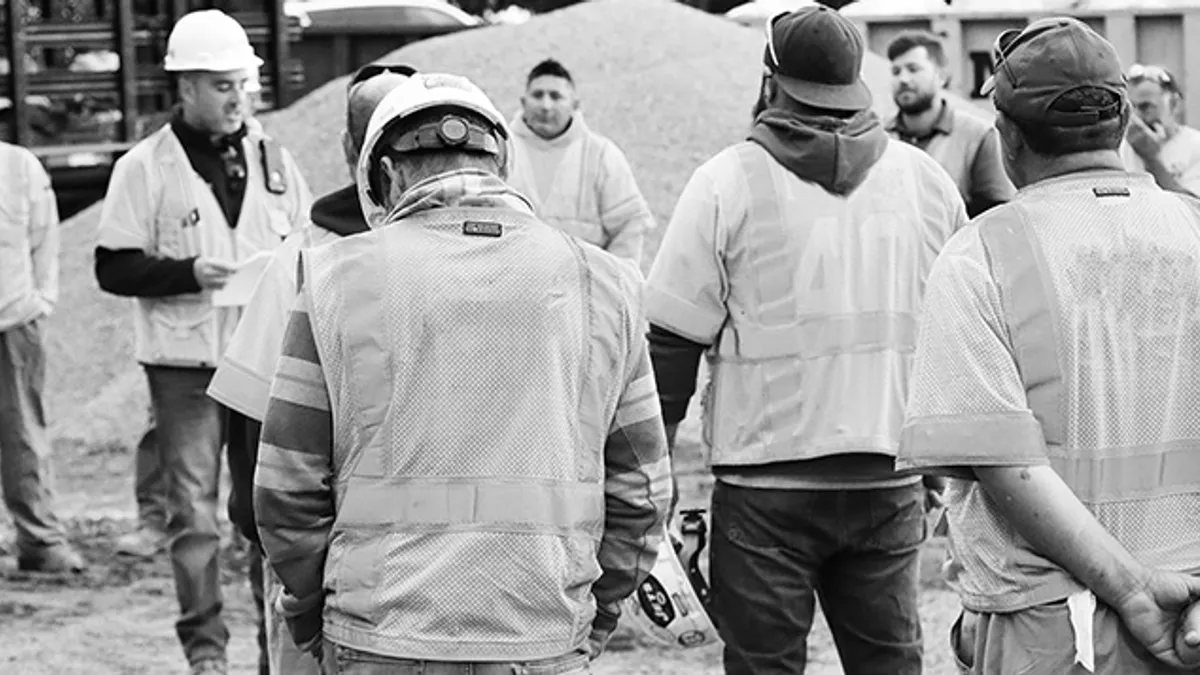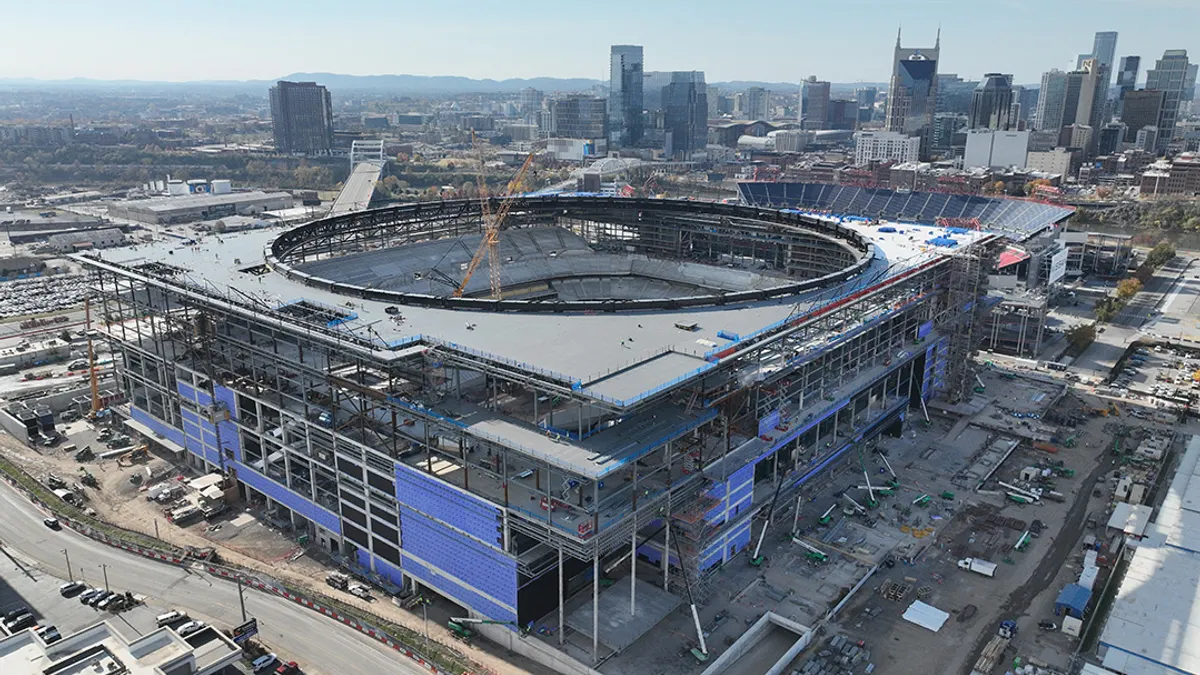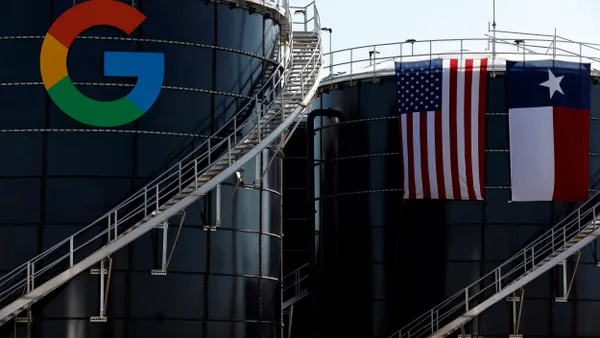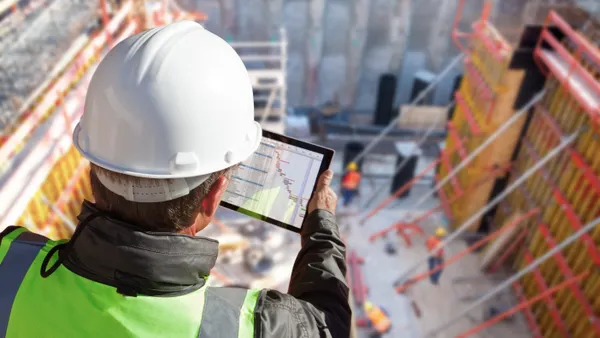Mobilizing and dispatching equipment is part of every construction company’s daily routine. Current construction technology has made the process of managing equipment and other asset and labor resources more efficient, and a complete and thorough solution for construction resource management – requesting, approving, scheduling, dispatching assets and labor crews – has become a must-have.
Inefficiencies with Traditional Construction Resource Management
People in the field, shop and office are all part of the logistic process across operations. Between non-stop phone calls and coordination across many sites and personnel, it’s not surprising that things slip. Equipment managers have lacked an automated process for telling people what they need to do and where they (and their assets) need to be. Without an automated system to help facilitate the process of assigning a dispatcher or laborer and asset to a jobsite, equipment and logistics managers are at a disadvantage. They rely on multiple coordination phone calls to ensure personnel know what to do and where to go. Additionally, the labor crews needed for related field work are typically managed separately with a whole different set of systems or calls, which means more inefficiency for both the field and office teams. Those days can be a thing of the past when a business has the right solution that provides timely updates when plans and/or schedules change.
Field personnel – operators, low boy drivers, laborers, foremen, crew leaders, etc. – have similar problems. Today, they get a piece of paper, a text, call or email to let them know where to go next, usually lacking details. They don’t know when things change unless they hear from the dispatcher. Without clear direction and regular updates, their days become chaotic and frustrating. The industry faces a chronic issue of unclosed loops with the field, which leads to very expensive (or even unsafe) mistakes, oversights and/or schedule slips.
For project teams, equipment request forms or site mobilization and equipment lists typically exist on paper or as informal emails or templates to be filled out. Once they are completed and submitted to the shop/yard manager, they typically won’t get confirmation about plans to receive their requested asset or laborers. This leaves project teams in the dark about when resources will arrive onsite, or if there was an issue or delay, which has a huge impact on executing key operations and critical path scopes.
On the executive level, and from a documentation and risk management standpoint, accurate documentation and a "paper trail" of events helps minimize losses and avoid missed opportunities. Details such as photos, signatures, timestamp and geo-location when an asset gets delivered to a jobsite, as well as documentation of asset condition are helpful for future reference and records.
What Contractors Need in a Resource Management Solution
Two major aspects make up an ideal construction scheduling and dispatching solution.
- Automation to replace inefficiencies created by human-error-prone paper-based methods, manual uploading and missed or infrequent phone calls.
- Clear visibility into requests, statuses, schedules, updates and details, since people who work in construction are scattered across locations and constantly on the move.
Visibility in a trusted system eliminates the need to rely on others for information and updates and reduces logistical and miscommunication risks.
The trouble with existing resource management systems on the market is that they are not truly built for construction workflows with use cases for the multiple different relevant users. Many existing products are siloed in ways that most inputs are analog, offline and/or manual and only cater to one user type, leaving others that are part of the process without a solution.
For example, dispatchers still need to create/add requests they receive from the field via paper, phone, text, email or custom form (e.g., Google form) for assets and labor resources. The rest of the team –requestors, drivers, site supers, PMs, etc. – have little to no access into the dispatcher's system, so they are not aware of decisions being made (e.g., a request approval), changes taking place every day (e.g., a delivery delay), or what to expect in the future (e.g., what is planned to arrive in the next two weeks). The dispatcher becomes a bottleneck, which creates stress and forces them to spend time communicating and closing the loop with everyone in the field. Usually only the dispatcher or personnel physically sitting behind the dispatcher's screen have the full picture of what is requested, where things are and where things will be tomorrow.
Contact Tenna to streamline and simplify the equipment request, scheduling and dispatch processes across your team.










